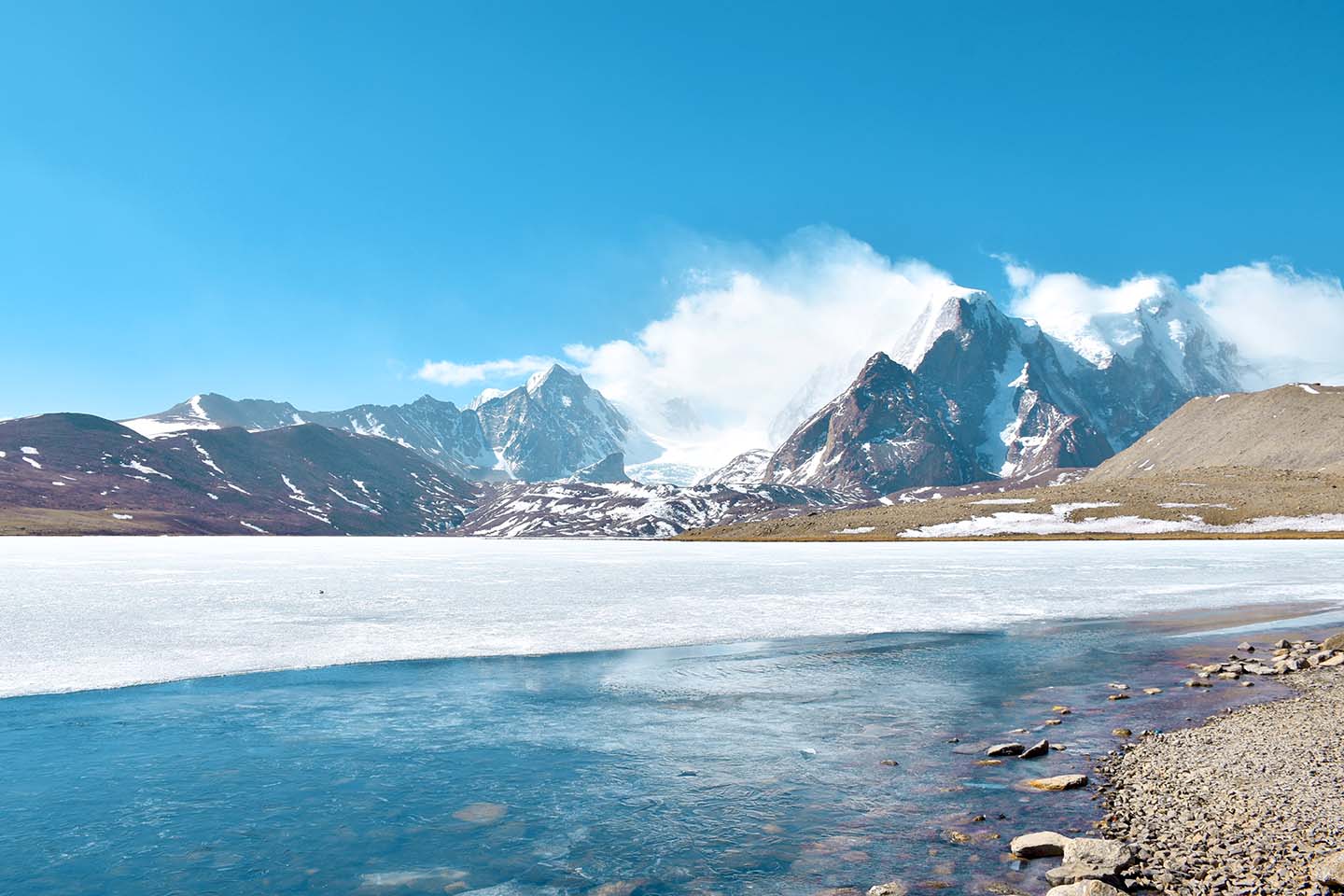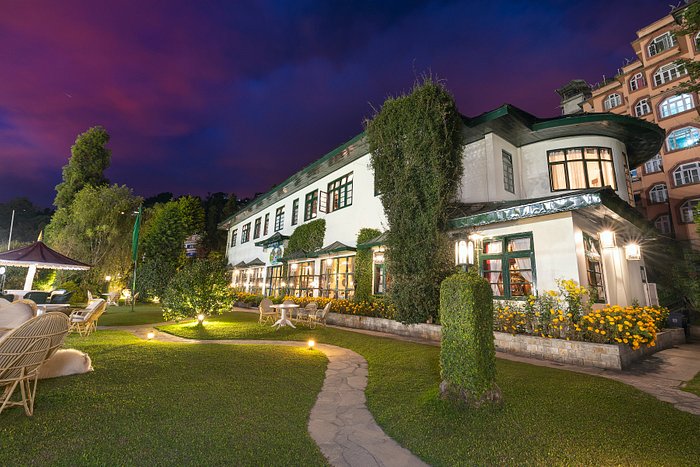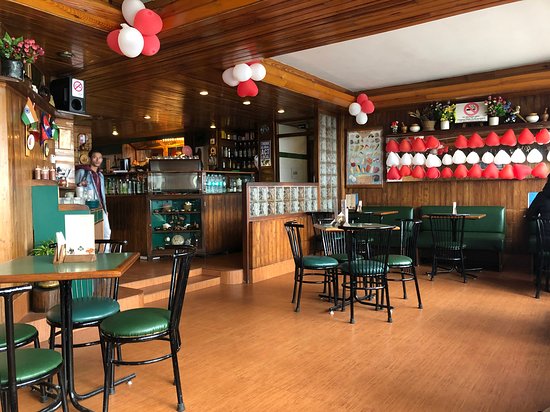Sikkim
WELCOME TO Sikkim
State Overview
Gangtok
7,096 km2
680,000
English

Popular
Geography and Tourist Attractions
Information about the state's tourist attractions, including popular destinations, events, and activities.

Gurudongmar Lake

Nathula Pass

Yumthang Valley
Political
Economy and Government
Sikkim, a small but progressive state in India, has made significant strides in its economy and governance. The state's economy is primarily driven by sectors such as tourism, agriculture, horticulture, and hydropower.
In recent years, Sikkim has focused on promoting eco-tourism, taking advantage of its rich biodiversity and breathtaking landscapes. The government has implemented sustainable practices to preserve the environment while offering unique experiences to tourists. This emphasis on tourism has provided employment opportunities and economic growth for the local population.
Agriculture plays a crucial role in Sikkim's economy, with the cultivation of crops such as rice, maize, millet, and cardamom. The government has encouraged organic farming practices, making Sikkim the first organic state in India. This has not only benefited the agricultural sector but also increased the demand for organic products worldwide.
The state government of Sikkim has been proactive in promoting good governance and sustainable development. It has implemented various social welfare schemes, focusing on education, healthcare, and rural development. Sikkim has achieved significant milestones in areas like literacy rate, healthcare access, and infrastructure development.
The government's initiatives include improving connectivity through the construction of roads, bridges, and airports. It has also focused on harnessing hydropower potential, leading to a substantial increase in electricity generation and providing clean energy for the state.
Overall, Sikkim's economy and government prioritize sustainable development, environmental preservation, and the well-being of its citizens. These efforts have contributed to the state's progress and have positioned Sikkim as a model for sustainable growth and governance in India.

History
History and Culture
Sikkim, nestled in the Himalayas, has a rich history and vibrant culture that reflects its unique blend of Tibetan, Nepalese, and Bhutanese influences. The state was once an independent kingdom and later became a part of India in 1975.
Sikkim's history is intertwined with Buddhism, and it is home to several ancient monasteries that stand as testaments to its spiritual heritage. The Rumtek Monastery, Pemayangtse Monastery, and Tashiding Monastery are among the most revered and oldest monastic institutions in the region.
The diverse ethnic communities in Sikkim contribute to its cultural tapestry. The major communities include the Lepchas, Bhutias, and Nepalis, each with their distinct traditions, costumes, and languages. Festivals like Losar, Saga Dawa, and Dasain are celebrated with great enthusiasm, showcasing the vibrant cultural expressions through music, dance, and religious rituals.
Sikkim's rich cultural heritage can also be witnessed in its traditional arts and crafts. Thangka painting, woodcarving, carpet weaving, and handloom textiles are integral parts of the local craftsmanship, reflecting the artistic skills passed down through generations.
The traditional cuisine of Sikkim is a delightful fusion of flavors, combining elements from Tibetan, Nepali, and Bhutanese cuisines. Momos, thukpa, gundruk, and sel roti are some of the popular dishes that showcase the culinary diversity of the state.
Sikkim's history and culture, deeply rooted in its Himalayan surroundings, create a fascinating tapestry that enthralls visitors and locals alike, making it a captivating destination for those seeking to explore the heritage and traditions of the region.
HOTELS

Mayfair Spa Resort & Casino, Gangtok

The Elgin Nor-Khill, Gangtok

Summit Denzong Hotel & Spa, Pelling
RESTAURANTS

The Square, Gangtok

The Dragon Wok, Pelling

